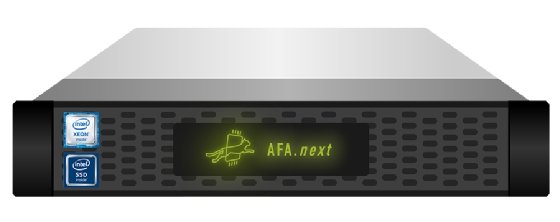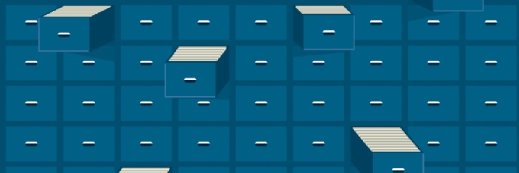
Denned - Fotolia
StorOne storage system flexes data protection muscles
StorOne enhances its All-Flash Array.next storage system based on Intel Optane and QLC NAND drives with data protection features for disaster recovery.
StorOne advanced its goal to build an integrated storage system by expanding data protection and consolidating backups on flash and disk.
The StorOne Data Protection suite adds replication to safeguard data during rack or row failure. Augmented disaster recovery provides synchronous snapshots between racks and shelves and asynchronous replication across large geographic distances.
The vendor also rolled out NVMe-oF connectivity with TCP/IP to the StorOne All-Flash Array.next (AFAn) storage system. Lightweight Directory Access Protocol (LDAP) support and object quotas have been added to StorOne's NAS service.
StorOne storage: Software-defined to hardware-delivered
StorOne initially delivered S1 storage management software on industry-standard servers. The vendor earlier this year launched AFAn as unified storage sold through hardware partners.
The StorOne AFAn hardware combines S1 on Intel-based servers with Intel Optane SSDs for performance and quad-level cell (QLC) NAND SSDs as bulk storage. Block, file and object protocols are supported. In addition to TCP/IP, AFAn arrays also support NVMe-oF with Remote Direct Memory Access over Converged Ethernet.
The target customer for StorOne storage includes enterprises with about 2 PB of data. Customers can start with a single StorOne node for less than $60,000. StorOne provides an online portal to help customers get exact pricing.
The data protection features give StorOne's storage more muscle to contend for enterprise deals, chief product officer George Crump said. Prior to this update, StorOne only used S1 in the cloud for disaster recovery.
StorOne vRAID uses erasure coding to stripe data across racks, drives shelves and physical sites. StorOne claims data remains accessible if an S1 host were to fail. For redundancy, StorOne introduced cascading replication up to 16 snapshot targets, including AFAn systems, other vendor's all-flash arrays and hard disk.
"This is the biggest ask we were getting from customers," Crump said.

Do you still need third-party DR tools?
Intel Optane memory is based on 3D XPoint technology. The arrival of Optane, coupled with QLC drives, has led to primary arrays with built-in data protection. StorOne joins Vast Data and Lightbits Labs as startups to offer all-flash storage that combine Intel and low-cost QLC, but StorOne targets unstructured data workloads. Dell EMC PowerMax, NetApp Memory Accelerated Data, Pure Storage FlashArray and Hewlett Packard Enterprise's Nimble Storage arrays are similar products from larger vendors, typically with higher price tags.
Marc Staimer, president of Dragon Slayer Consulting, said data protection is a baseline consideration for storage buyers. Still, Staimer said he does not expect integrated storage systems will compete with or replace third-party data protection.
Third-party data protection tools pull in data from those multiple, disparate storage sources. This makes the backup administrator's job simpler, as data deduplication, restoration and other backup-related tasks are handled on a single, consolidated platform.
The update gives StorOne a "much better, more solid product," Staimer said. He said NVMe-oF support, enhanced NAS support and Volume Shadow Copy Service for virtual and bare-metal machines bring StorOne up to par with its competitors, while vRAID erasure coding across racks may nudge it ahead of some competitors.




